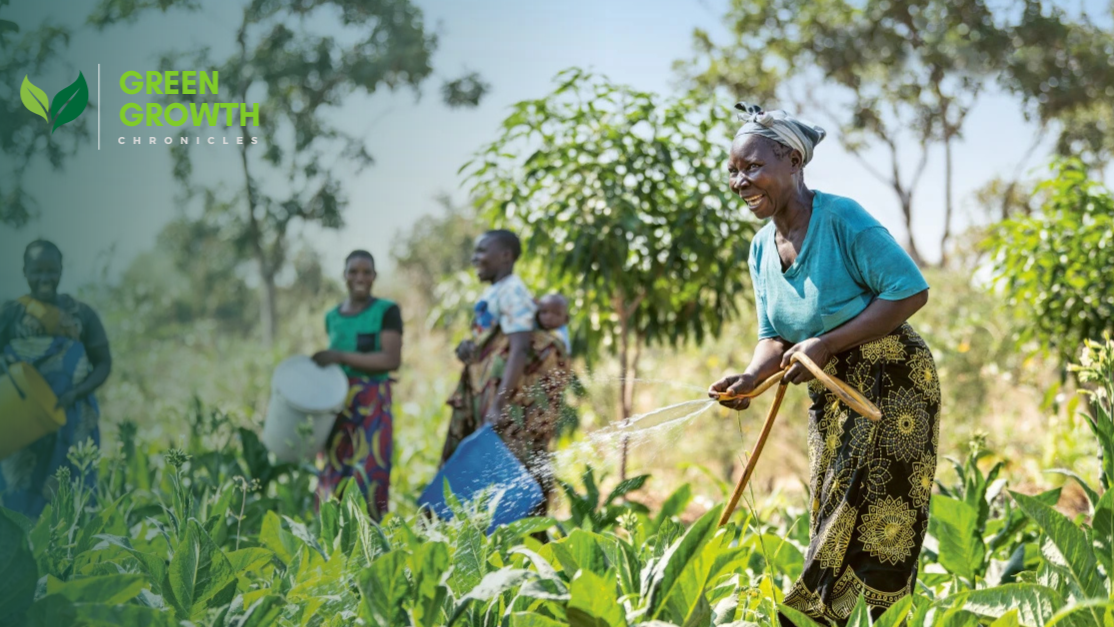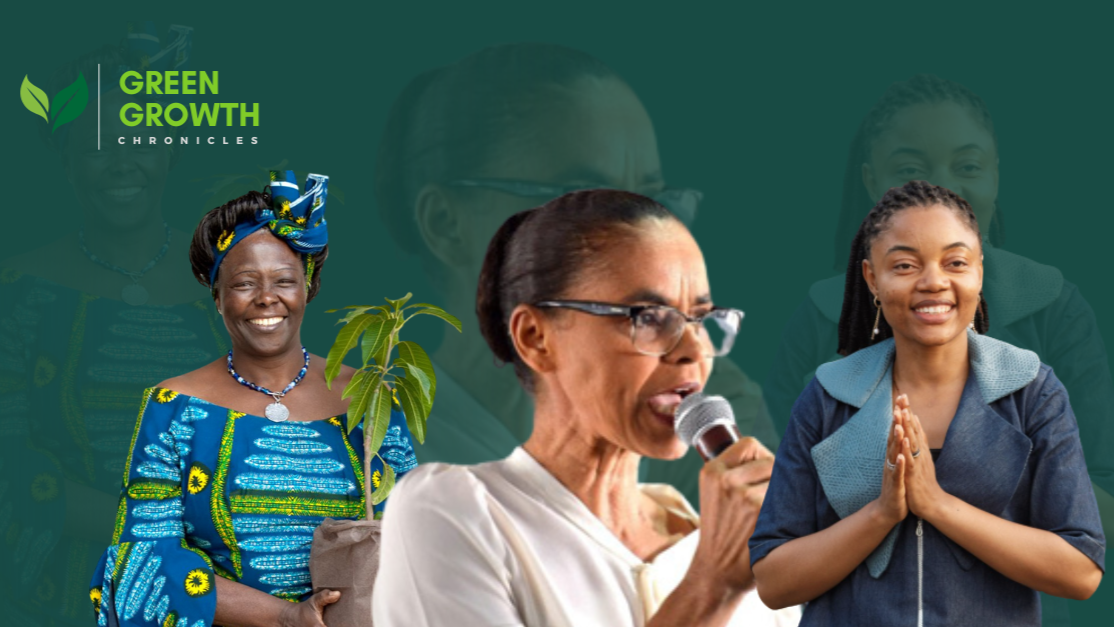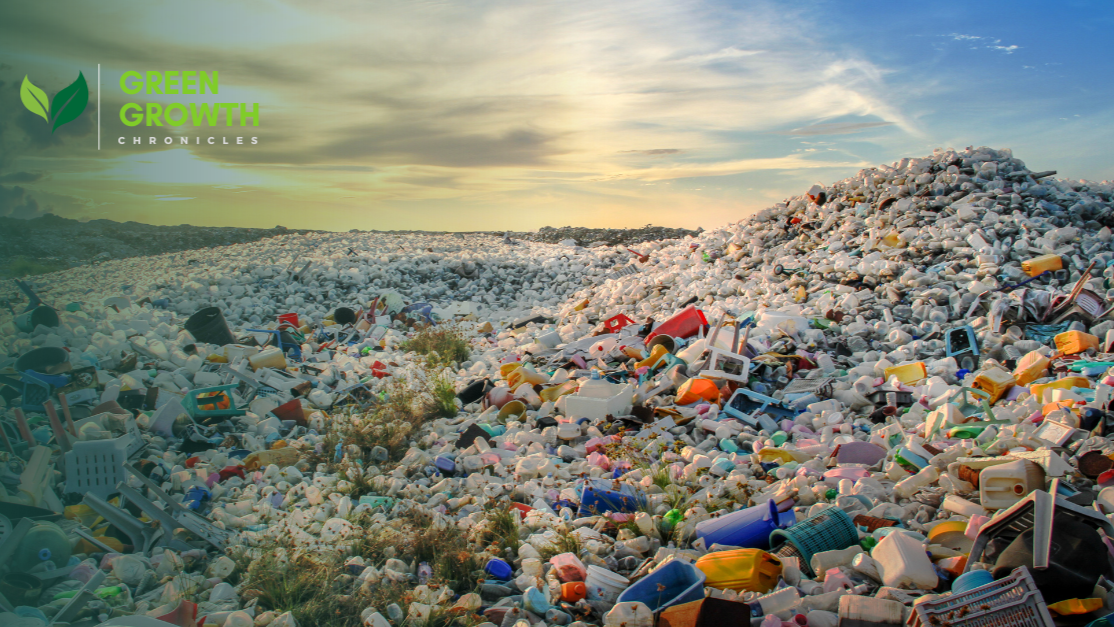Climate change is not gender-neutral. It affects everyone but not equally.
It impacts whether agriculture, health, or disaster recovery disproportionately affect women and girls more, especially those in vulnerable communities. Yet, women are not just victims of climate change; they are powerful agents of resilience and innovation.
Why Gender Matters in Climate Action
According to the International Labour Organization, women make up 41% of the world’s agricultural workforce and are often the primary stewards of natural resources. Despite this, they frequently have limited access to land rights, financial resources, and decision-making power. Strengthening women’s participation in climate solutions is not just about equity, it is about effectiveness.
Women are combating climate change and studies show that when women are included in climate leadership, policies tend to be more sustainable and socially inclusive. A report by the United Nations Development Programme (UNDP) shows that countries with higher representation of women in parliament are more likely to adopt climate-friendly policies.
Women Driving Climate Resilience
Across the world, women are pioneering climate solutions:
Renewable Energy: Women-led enterprises are bringing off-grid solar solutions to rural areas, enhancing energy access while reducing reliance on fossil fuels.
Example: Ms. Nop Kolap’s Solar-Power Journey in Pursat Province, Cambodia

Ms. Nop Kolap, a farmer from the Veal Veng District in Pursat Province, transitioned from using diesel generators to a solar water pump through the SWITCH to Solar project, significantly improving her farm’s sustainability and profitability. Owning a 2-hectare farm where she cultivates cucumbers, tomatoes, green beans, and papayas, she initially relied on costly and environmentally damaging fuel-powered irrigation.
Since adopting solar technology in 2023, her farm has benefited from reliable energy, increased crop yields, and reduced operational costs, with profits averaging $1,000 per month. Ms. Kolap has become an advocate for solar energy in her community, demonstrating the economic and environmental advantages of clean energy. Inspired by her success, many neighbors have also transitioned to solar technology, strengthening local climate resilience.
This transformation was made possible through funding from the European Union’s SWITCH Asia Programme and the Czech Development Agency, in collaboration with People in Need Cambodia, EnergyLab, and Sevea.
Sustainable Agriculture: Female farmers are adopting climate-smart techniques, improving soil health, and preserving biodiversity.
Example: Tewabech Talo’s success with sustainable farming practices

In the highlands of Sidama, Ethiopia, Tewabech Talo, a female model farmer, has transformed her community’s agricultural future through sustainable farming practices. Facing challenges like droughts and soil degradation, she embraced climate-smart techniques, including soil and water conservation, integrated watershed management, and vermicomposting.
Initially skeptical, she soon saw improvements in soil fertility and crop yields. Her success enabled her to invest in livestock and share her knowledge with neighbors, making her farm a model for others. Supported by the CZDA funding and People in Need, her journey highlights the power of sustainable agriculture in building resilience.
What Needs to Change?
To unlock the full potential of women in climate resilience, action is needed in key areas:
1. Expand Women’s Access to Green Financing & Climate Funding
- Increase the share of climate adaptation funds dedicated to women-led initiatives.
- Support microfinance programs that help women invest in sustainable businesses and climate-smart agriculture.
Key tools: Green Climate Fund (GCF), Women’s Livelihood Bond
2. Ensure Gender-Responsive Policies in Climate Governance
- Require gender analysis in climate policy frameworks.
- Promote female leadership in climate negotiations at local, national, and international levels.
Key resources: UN Women’s Gender-Climate Tracker, Gender Action Plan (UNFCCC)
3. Invest in Education & Skills Training for Women in Sustainability Sectors
- Support programs that train women in STEM fields related to renewable energy, conservation, and climate science.
- Strengthen initiatives that equip women with digital and financial literacy to access climate-related opportunities.
Key programs: Women4Climate (mentorship for women in climate leadership)
Taking Action
Businesses, policymakers, and investors must recognize the gender-climate connection and actively support women’s leadership in climate adaptation and mitigation. A more resilient future is only possible when we harness the talents, perspectives, and innovations of all.
Let’s keep pushing for climate solutions that are inclusive, practical, and built to last.
Until next time,



